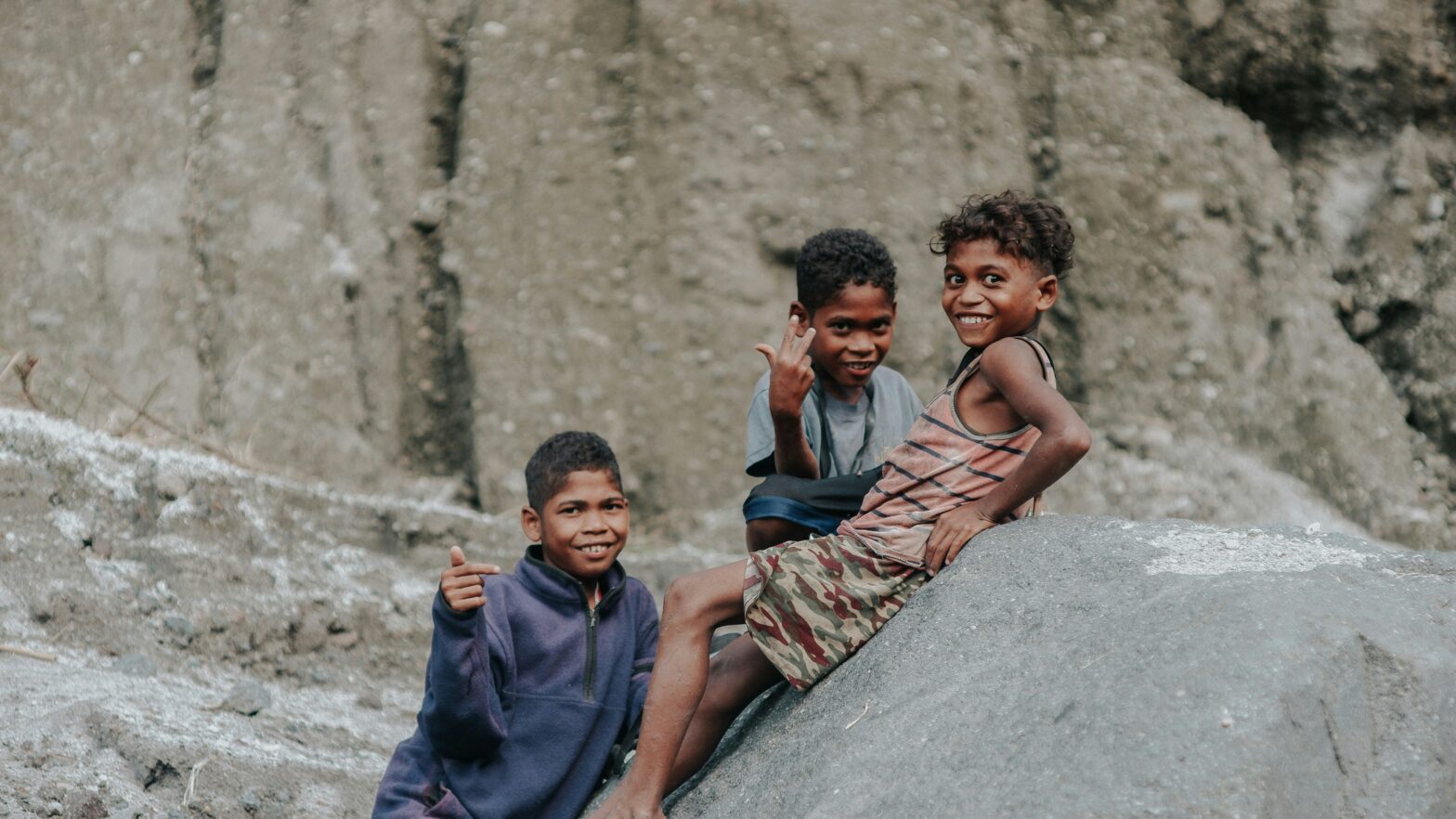A London-based digital nomad recently shared her unique experience with an Aeta community — a Black population anthropologists consider indigenous to the Philippines.
The TikToker and solo traveler, Meroe (@findingmeroe), was invited to visit the Aeta by her friend, Lyn. The two went to Lyn’s home just outside the Philippines’ capital city, Manila. While within the Aeta community, Meroe dinned on taro leaves and pork stew before she met some of the elders. Elsewhere, she learned about the population’s nomadic lifestyle, which includes rearing livestock and growing their own food.
Meroe spent time with some of the youth amidst their breaking of bread. Relating the situation to her London home, she likened the youth’s food gathering to the popular U.K. show Come Dine with Me. In the series, random guests from a general town or vicinity go to each other’s homes for dinner and rate their experiences. The silly dinner parties eventually led to one host winning the competition show with a monetary prize and bragging rights.
It’s unclear how much the children’s culinary efforts mirrored the game’s premise, but Meroe noted that chicken adobo was on the menu.
The TikToker added snapshots into her video of herself with the Aeta people she met. She noted that she was even asked to be a baby’s godmother during her visit.
“The ancestors were the first people to arrive on the [Philippines’] islands 40,000 years ago,” Meroe claimed of the Aeta’s long-standing history.
Who Are The Aeta?
Travel Noire has previously shed light on the Aeta people, both present and ancestral. Also known as the Agta, or Ayta, the population of hunter-gatherers traces back to a collection of ethnolinguistic groups previously called the “Negritos” by Spanish colonizers.
“The fossil record confirms that our modern humans were in the Philippines at least 40,000 to 50,000 years ago, the genus Homo possibily 66,700 years ago. Another finding is the presence in the archipelago of Negritos groups related to the first migrations of Homo sapiens outside Africa,” detailed a 2020 scientific report published by Nature.com in 2020. “… Consequently, the Philippines probably presented a relevant role in the out of Africa expansion of modern humans to colonize the SEA (Southeast Asia) and Oceania (including Australasia, Melanesia, Micronesia, and Polynesia).”





